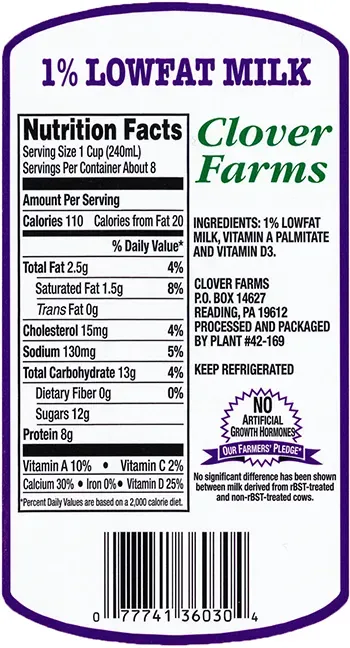Table of Contents
Ever grabbed a carton of low fat milk, maybe thinking you're making the "healthier" choice? Most of us do. But have you ever paused to look past the big "Low Fat" label and scanned the fine print? It's not just whole milk that's had a spa day to shed some pounds.
What Exactly is Low Fat Milk?
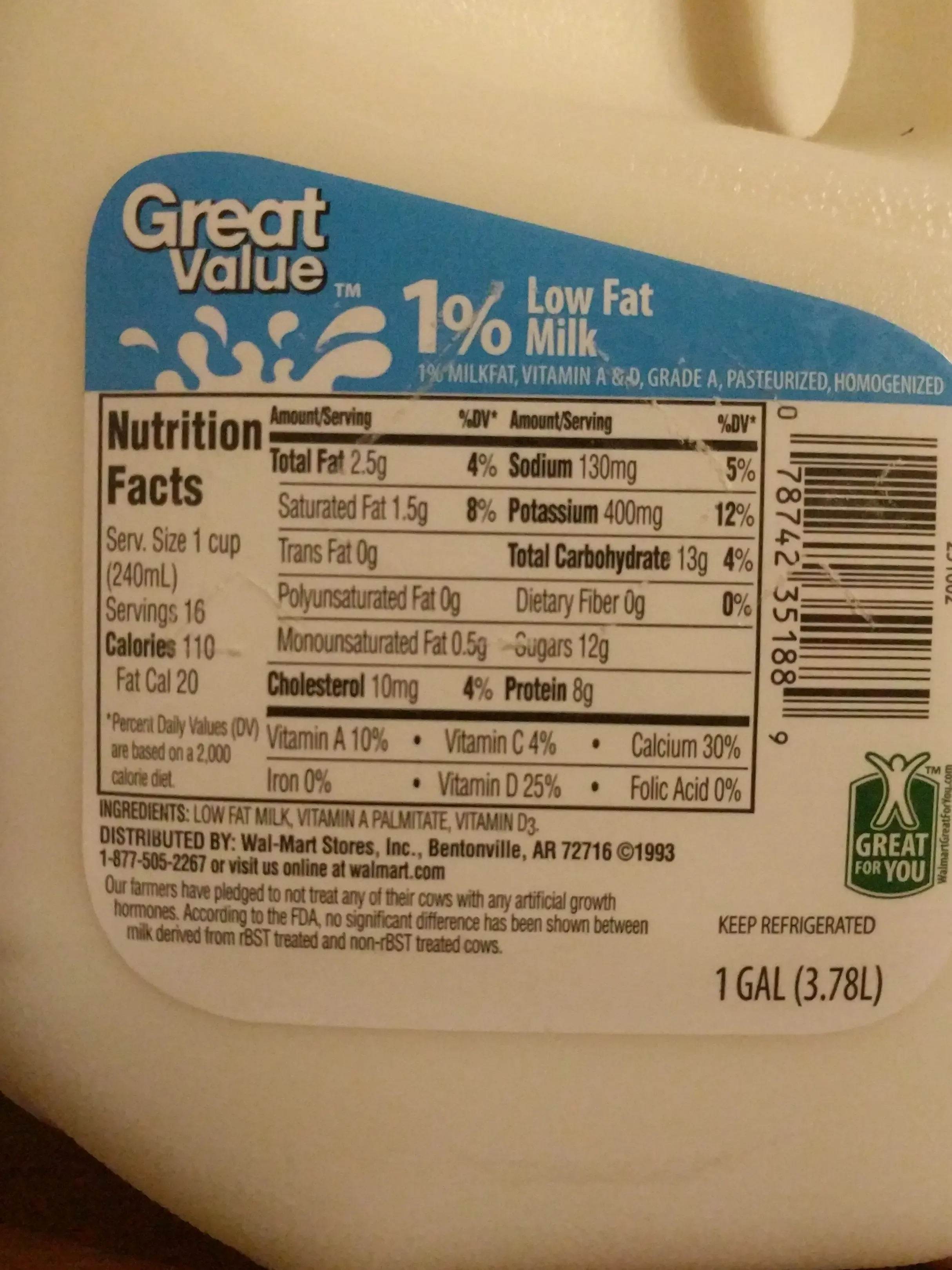
What Exactly is Low Fat Milk?
So, you're wondering, "What Exactly is Low Fat Milk?" Good question. It's not just milk that's been working out. Think of it as regular milk, specifically whole milk, that's had most of its fat content skimmed off. Whole milk typically clocks in around 3.25% milkfat. Low fat milk, often labeled as 1%, contains... you guessed it, around 1% milkfat. This reduction changes the texture, the richness, and yes, the calorie count compared to its full-fat sibling. It's processed to achieve this lower fat level, and that process is where some of the other items you see on the ingredient list sometimes come into play.
Decoding Low Fat Milk Ingredients
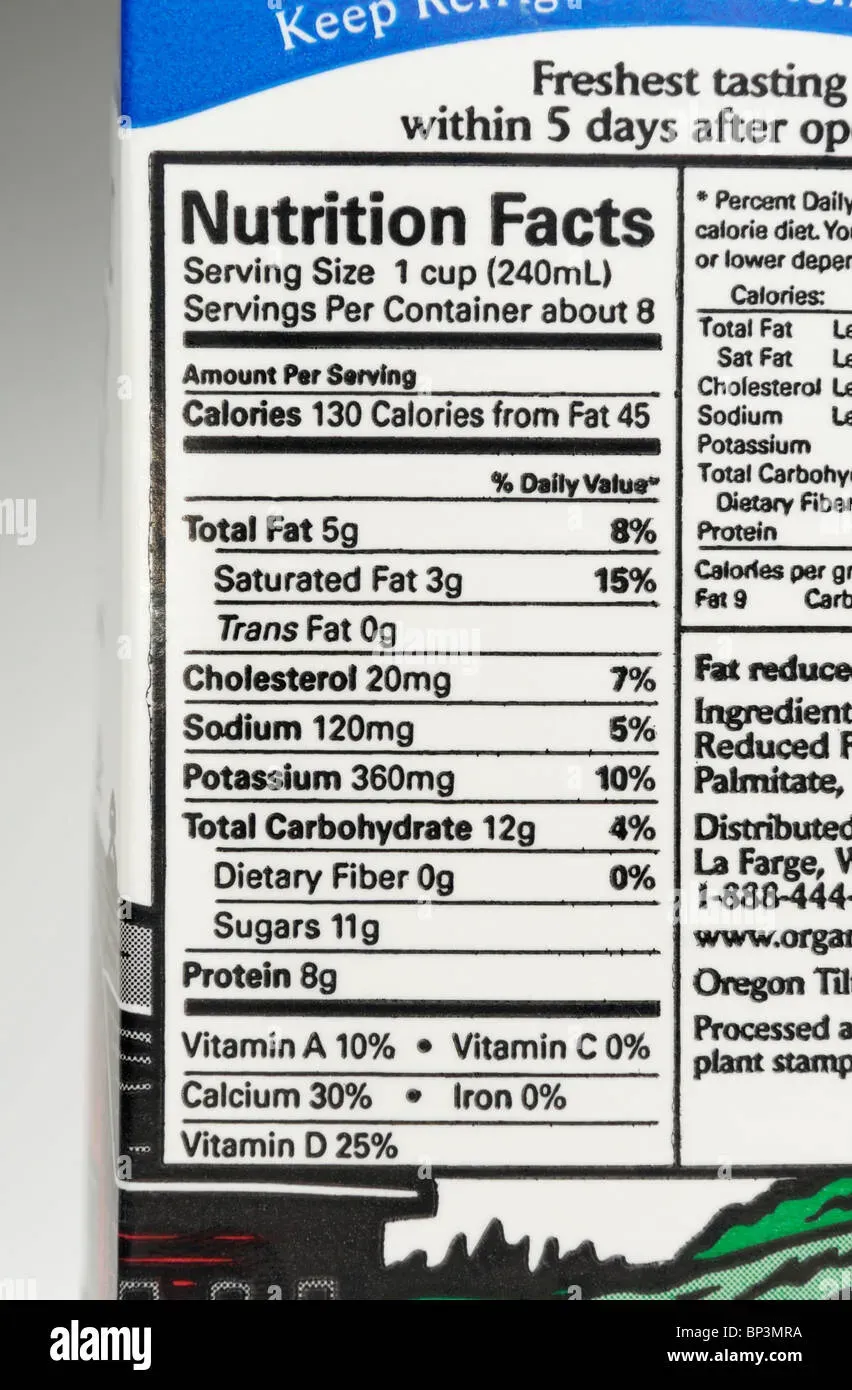
Decoding Low Fat Milk Ingredients
so you've got the carton in hand, flipped it over, and you're squinting at the ingredient list. Beyond the obvious "Lowfat Milk," you'll almost always see a couple of other things hanging out there. The primary base, of course, is the milk itself, processed down to that 1% fat level. But then you hit the additions, the most common being Vitamin A Palmitate and Vitamin D3. These aren't just random chemicals thrown in; they're specific forms of vitamins added back into the milk. Whole milk naturally contains these vitamins in its fat content, but when you strip away the fat to make it low-fat, you lose a significant amount of them. So, adding them back is a way to restore some of that nutritional punch.
Why Certain Low Fat Milk Ingredients Are Added
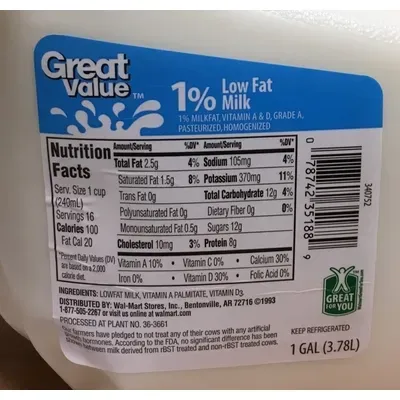
Why Certain Low Fat Milk Ingredients Are Added
Restoring Nutritional Value
So, you might wonder, beyond just being "low fat," why are those specific low fat milk ingredients like Vitamin A Palmitate and Vitamin D3 consistently added? It's less about making the milk something it's not and more about putting back what was taken out during the fat removal process. Think of it this way: whole milk naturally carries fat-soluble vitamins like A and D within its fat structure. When you skim off most of that fat to get to 1%, you inevitably strip away a good chunk of those vitamins along with it. The dairy industry adds them back, often in a readily absorbable form, to ensure low fat milk still provides those essential nutrients that milk is known for. It's a fortification process, plain and simple, aimed at keeping the nutritional profile robust even with reduced fat.
Sourcing and Quality: Beyond the Ingredient List
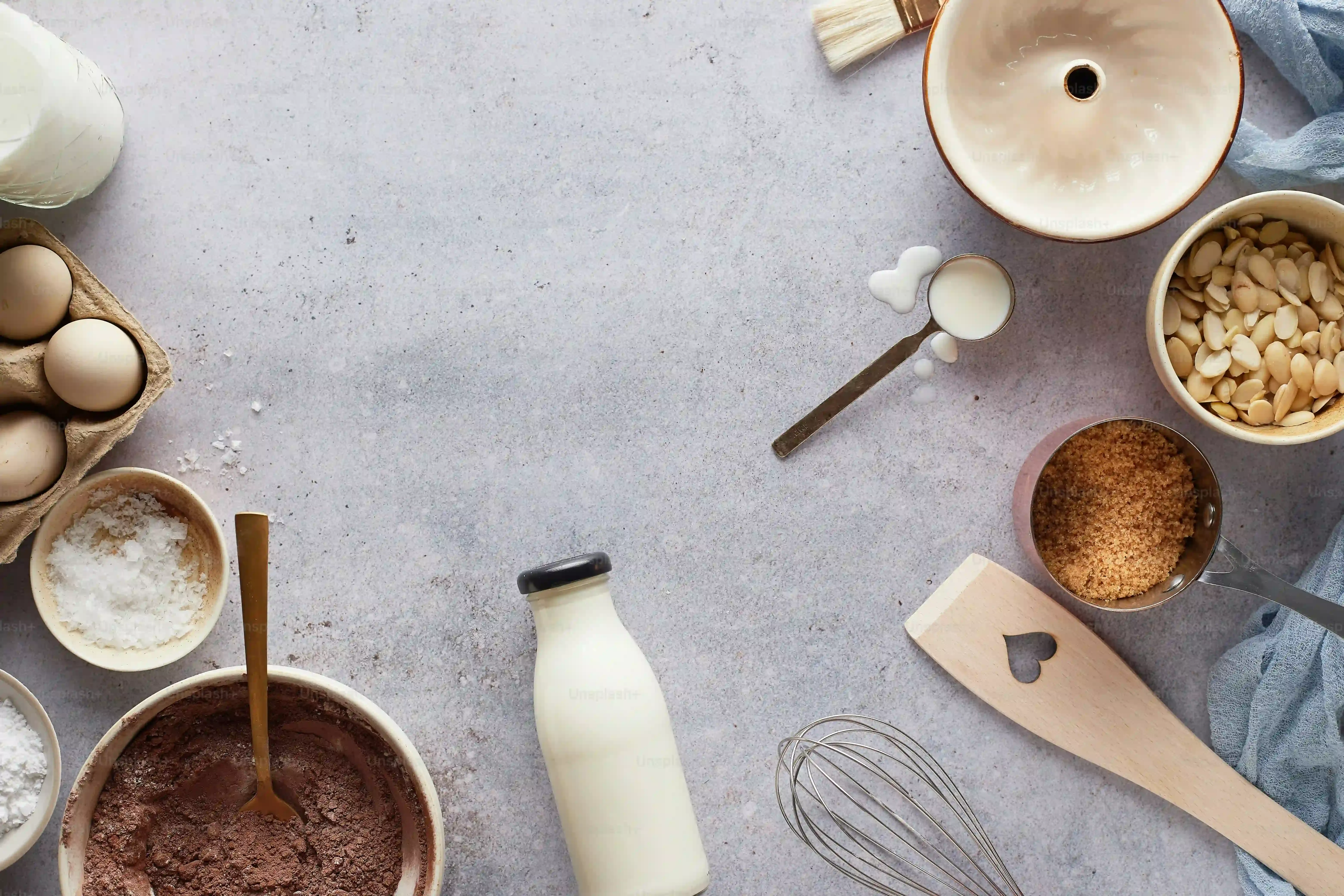
Sourcing and Quality: Beyond the Ingredient List
so you've scanned the low fat milk ingredients, you know about the vitamins added back, but the story doesn't end there. What about where that milk even comes from? The ingredient list won't tell you if the cows are grazing on lush pastures or living in a barn. It doesn't mention the farm practices, the testing for antibiotics, or how quickly the milk gets from the udder to the carton on the shelf. Quality in milk isn't just about what's added or removed; it's fundamentally tied to the source and the handling process. A carton of low fat milk from a small, local dairy with rigorous quality control might taste different, and frankly, feel different, than a gallon shipped across several states from a massive, industrial operation, even if the listed low fat milk ingredients look identical.
Making Sense of Your Milk Carton
So, we've peeked behind the curtain of low fat milk ingredients. It's clear it's more than just whole milk that went on a diet. Those added vitamins aren't just for show; they're put back in because skimming off the fat often takes them out. Understanding these components means you're not just trusting the label but actually knowing what's in your glass. It's about making a choice based on information, not just marketing. Next time you pour, you'll know a bit more about the journey those ingredients took to get there.
